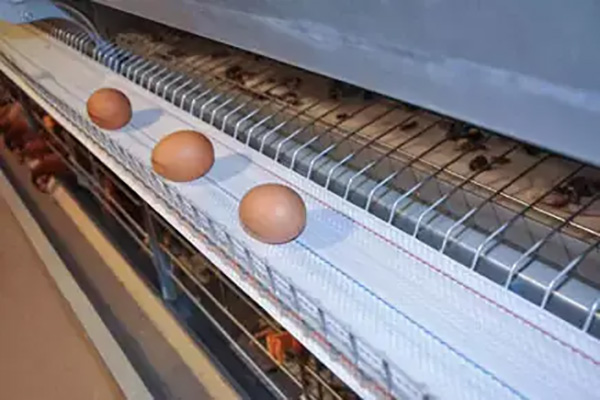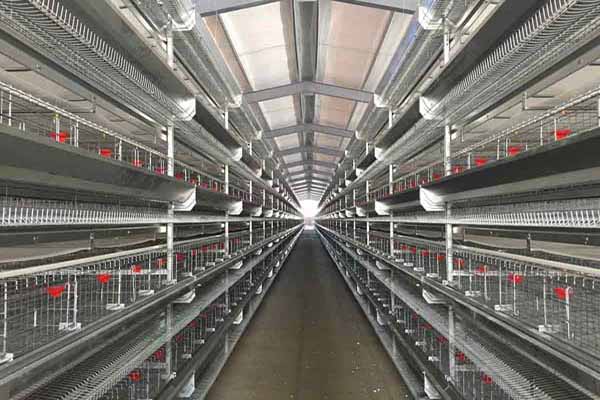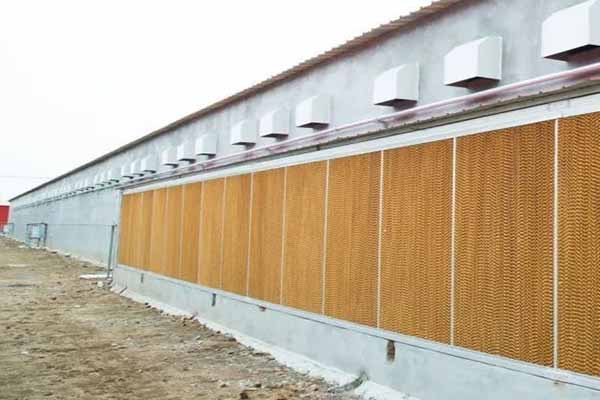Poultry Cage Farm Investment Plan: A Comprehensive Guide
Are you considering investing in a poultry cage farm? Understanding the investment plan is crucial for a successful venture. In this article, we’ll explore the essential elements of a poultry cage farm investment plan, including costs, market analysis, and expected returns.

Cost Breakdown of Setting Up a Poultry Cage Farm
- Initial Capital Investment:
- Land purchase or lease
- BUILDING MATERIALS:
- Concrete blocks, iron rods, and steel mesh for the cage structures
- FENCES:
- Steel wire for enclosures
- FURNITURE:
- Cages, feeders, and waterers
- EQUIPMENT:
- Feeding machines, vaccination equipment, and scales
- OPERATING CAPITAL:
- Feed, utilities, labor, and marketing
Market Analysis for Poultry Cage Farming
Poultry meat consumption has been on the rise globally. Here are some key market trends:
| Region | Projected Growth Rate (%) |
|---|---|
| North America | 1.5 |
| Europe | 1.3 |
| Asia Pacific | 4.5 |
| Africa | 3.2 |
| South America | 1.9 |
Expected Returns on Investment
The expected return on investment for a poultry cage farm varies based on factors such as feed costs, production output, and market demand. Here are some average returns:

- Feed Cost Efficiency:
- Approximately 30% of total costs
- Production Output:
- 50 to 60 eggs per hen per year
- Market Price:
- Assuming an average of $0.50 per egg
- Expected Returns:
- Up to $30,000 in profit per year for a medium-scale operation
Conclusion
Investing in a poultry cage farm requires careful planning and consideration of market trends. With the right strategy, this venture can yield significant returns. For more detailed information and a free quote, don’t hesitate to contact us today for your custom chicken farming design plan and equipment estimates.





